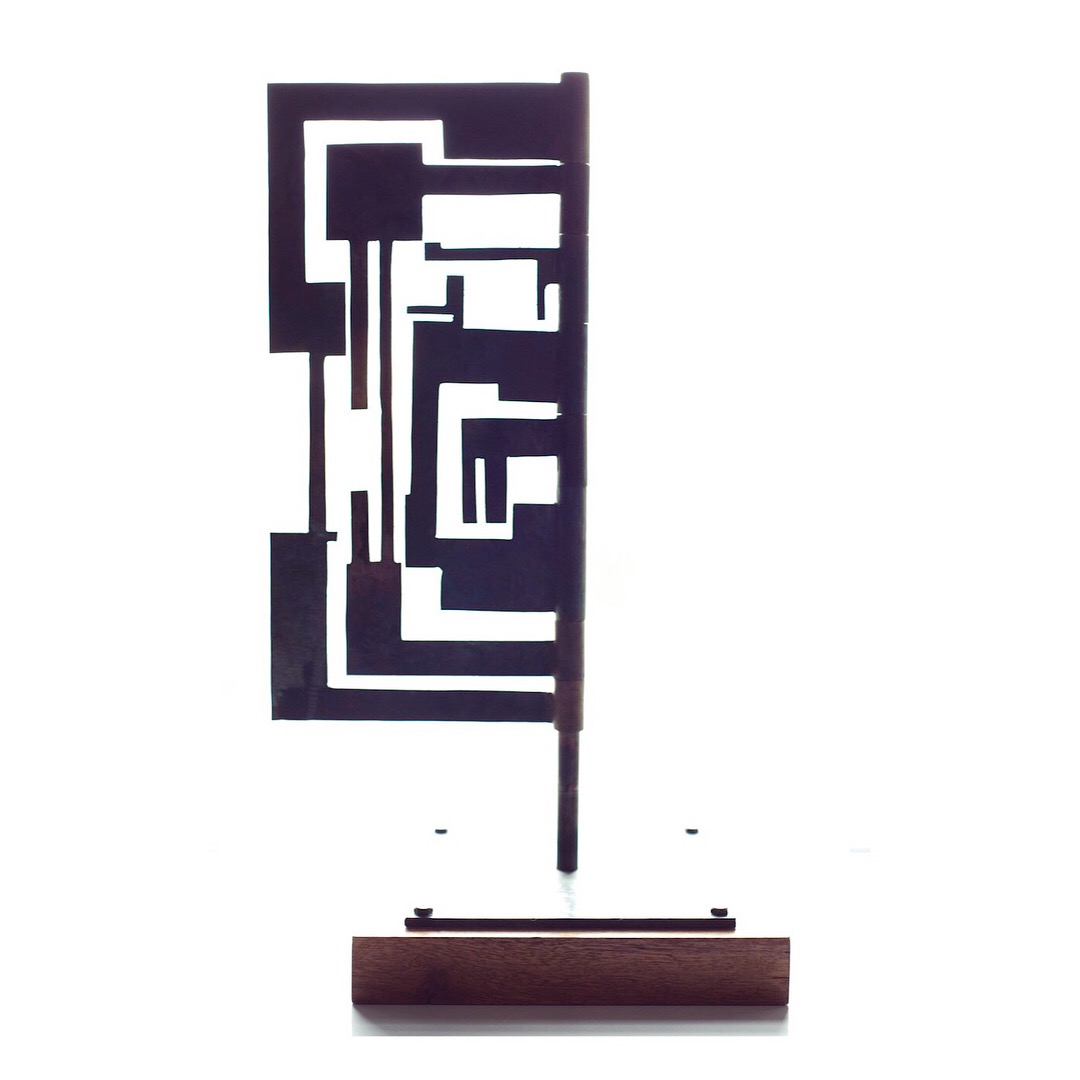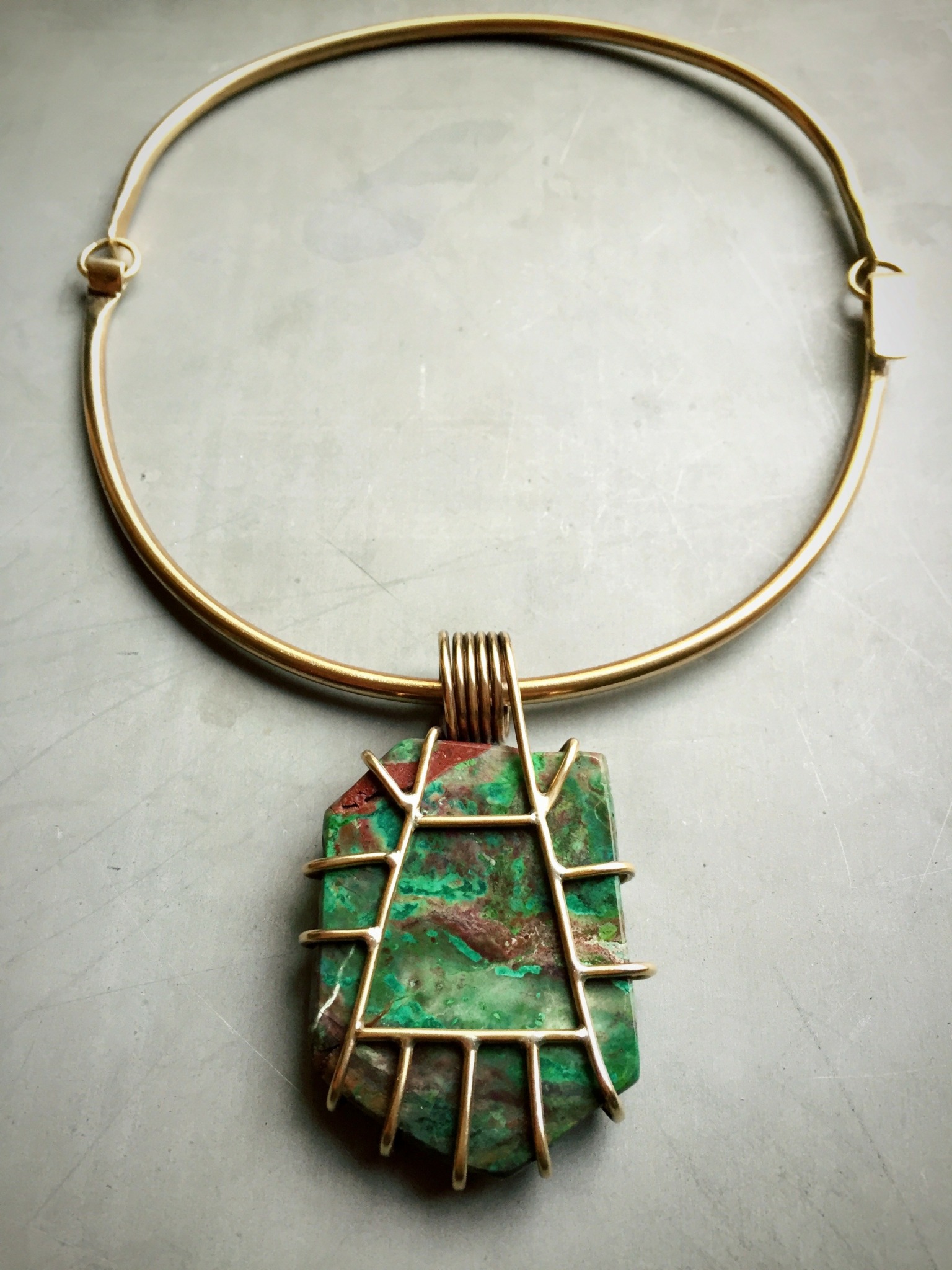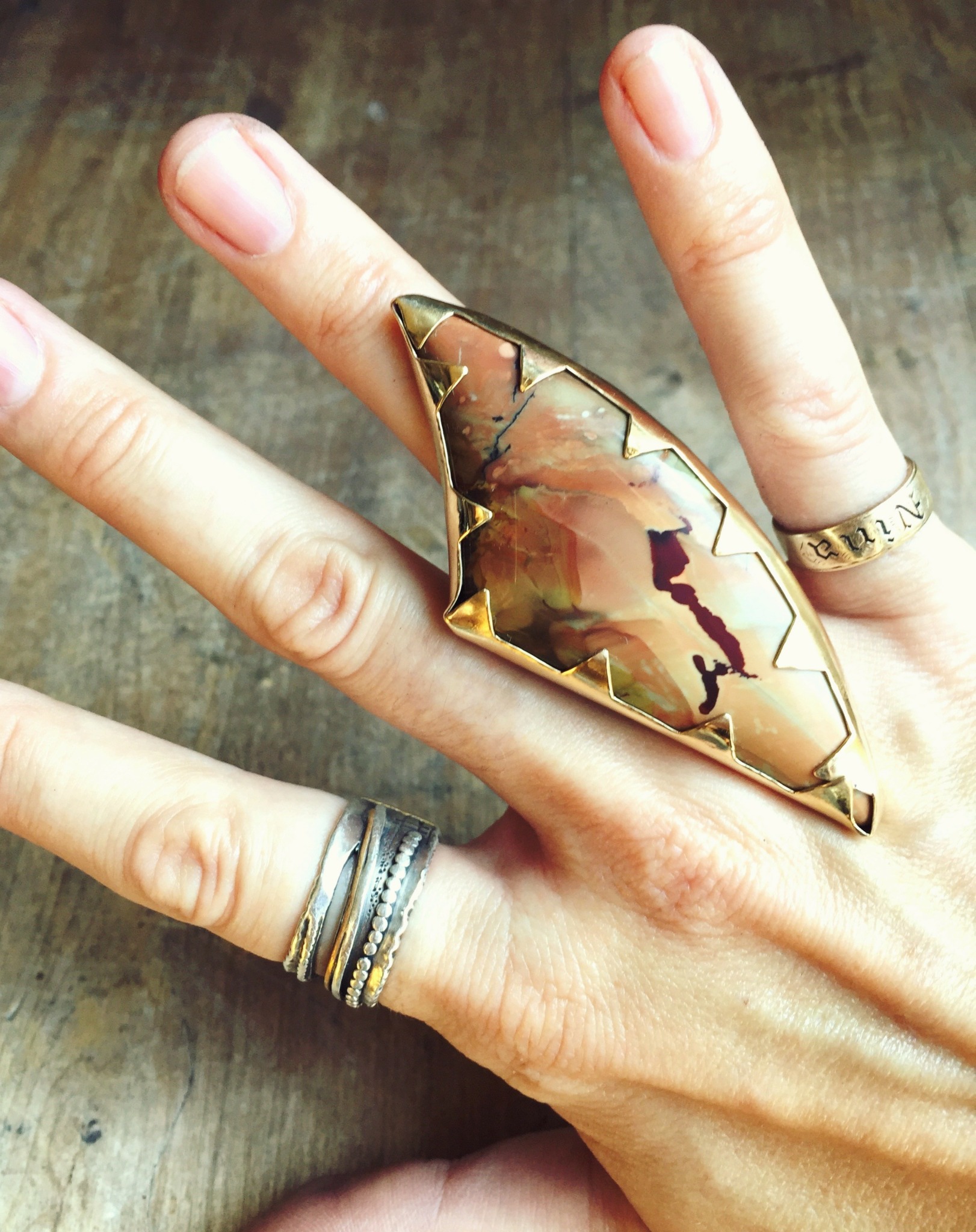We’re excited to introduce you to the always interesting and insightful Nina Savill. We hope you’ll enjoy our conversation with Nina below.
Alright, Nina thanks for taking the time to share your stories and insights with us today. How did you learn to do what you do? Knowing what you know now, what could you have done to speed up your learning process? What skills do you think were most essential? What obstacles stood in the way of learning more?
It all started out with a crash course in welding. I was enamored with the aesthetic and the physicality of steel, and I went on to spend some years making metal sculpture. I was actually the only girl working in the welding studio at that time, and it was difficult at first because nobody took me seriously. And while I wished there had been more females in that space, it was a point of pride and motivation for me- to be the only one, and to be good at it. I mostly made furniture pieces and kinetic sculptures with precision and detailed finishing. I found a real love for the tools and the process, and I eventually took a metalsmithing class to expand on that and also to scale down. But when I zoomed in and started using precious metals, I was still making kinetic sculptures, only they were wearable! I made a lot of big spinning rings and necklaces that looked like assemblage pieces. Over the years, jewelry and metalsmithing installed itself in my life. Sometimes it was my main focus but most often I had other jobs. But I always made sure I had a jewelry studio, somewhere! It was essential to give myself that access and ability to show up for my own practice. I’ve kept a studio in my apartment, the office of a punk rock newspaper, an old recording studio, in the back of my own fine art gallery that I owned in NYC’s Lower East Side and now in the sunny hills of East Los Angeles. You ask if I could’ve done anything to speed up the learning process, but jewelry making has played such a constant role in my life that I don’t think I could’ve done anything differently without dramatically altering my life. And you know, I don’t really think I want to go back in time and step on that butterfly. Although it wasn’t necessary to learn faster, I will always want to learn more. I continue taking occasional classes and workshops to this day.


Nina, love having you share your insights with us. Before we ask you more questions, maybe you can take a moment to introduce yourself to our readers who might have missed our earlier conversations?
When I was little, I used to cut out tiny geometric shapes of construction paper and glue them to found rocks in some kind of decorative configuration. I’d make them fancy with a coat of clear nail polish and try to sell them to neighbors as plant and garden accessories. I guess a love for functional art is just in my nature. Eventually I came into jewelry making by way of welding and making large steel sculpture and mixed media furniture pieces. As such, my jewelry is also sculptural. And everything I do is fabricated in one-of-a-kind fashion, by hand, by me. I love kinetics and illusions, and elegance with an emphatic edge. My ideas come mostly from misjudging spatial relationships and the overlapping of objects, where I visually architect new structures that I’m curious to build, and (for some reason) wear. So, I’ll turn anything from a paint spill to the Brooklyn Bridge into a necklace. I’m more interested in seeing these ideas and experiments through, than I am in creating a consistent line or being on trend. I almost never reproduce things and I only occasionally do commission pieces. This doesn’t add up to what’s typically a recommended business model! But I sell my work in retail and museum shops, and I stick to my method because it keeps me moving forward. It’s all crafted with curiosity and care, and I’m proud of that. My process is weird and slow and kind of irreverent, but what I always aim to yield is something authentic and true to my nature.


For you, what’s the most rewarding aspect of being a creative?
Definitely the ability to shapeshift and break rules as I see fit. It’s practically a requirement if you’re going to do anything unique or innovative. Sometimes that means creating something that somebody out there will really connect with and want to wear. And sometimes that means donating jewelry and participating in auctions to raise money and awareness for causes I like to support. The arts have always reflected the beauty, flaws and complexities of current culture. Artists hold the power to challenge norms and inspire social change. I think it’s always important to do what we can to participate in that movement. When I’ve been most successful, it’s been in spite of, and because of, how I operate outside the norm in both of these realms. I’m constantly grateful for that privilege.


Let’s talk about resilience next – do you have a story you can share with us?
Several years ago, I had the opportunity to participate in an event with a major fashion magazine and other artists who I really admired. When they were finalizing the event details, they told my PR manager that I had to have at least 200 pieces of jewelry with me at the event. For me, this is a lot! My manager told them that I make everything actually by hand, nothing is cast. And they just repeated, “That’s great! She needs to have at least 200 pieces of jewelry at the event.” There’s no way I was going to turn it down. So I made a rigid daily schedule for myself. I had a rotation of friends come over to help, and I taught them how to file little cutout pieces and make jump rings. I taught myself how to work in assembly line style. I worked in my studio for at least 11 hours a day every day for 2 months, taking just 2 days off to go out to Joshua Tree to get married, which was planned before this opportunity came up, and then right back to work. I achieved a new level of focus that I didn’t even realize I had, and somehow I actually made 200 pieces of jewelry! And it all met a standard that I was proud of. While I was always disciplined about my work, I typically had the freedom to work at my own pace. I’d never done anything like that before! It was enlightening to push myself to do something that was completely unsustainable as a regular mode of working, but totally doable as a challenge. I now have young twin girls, and I don’t think I could even pull that off again as a challenge. Being a parent and continuing to work as an artist is another act of resilience all in itself.
Contact Info:
- Instagram: @ninasavilljewelry AND @4_aught_metalsmithing


Image Credits
Belinda Kazanci (image of me wearing all the bracelets)


